How Long to Wait Before Walking On Concrete?
All you should know about when it’s ok to walk on new concrete
Have you just poured a block new concrete and now you are waiting for the moment when you can start walking on it again?
If it is so, then you should know that walking on concrete shall start when the surface is thoroughly and properly dried and cured.
Otherwise, chances are high that you can damage the still wet concrete, which may lead to its fixing.
How long after pouring the concrete can you walk on it? Well, this is what we are going to discuss in this article. You will find out how long it takes for concrete to dry and respectively, how soon it is safe to start walking on it again.
Also, we will share a few useful tips ad life hacks with you on the concrete drying process. After you read this article, you will know much more about this subject!
How Long Is It Until You Can Walk On Concrete?
If you have recently poured new concrete in your yard or elsewhere in your property, you should learn how long it will take you before you can walk on new concrete safely.
The most common mistake homeowners do is that they start traffic on freshly poured concrete way too soon, which leads to the surface damage.
Drying time, also known as the curing process, is critical in protecting new concrete. And the greater care you can give to it in the beginning, the longer it stays in a decent condition and holds up.

Of course, once fresh concrete is added to your property, you will want to know how long it takes before you can start using the area for foot traffic again.
Here is a timeline you can follow for when your new concrete will be ready for everyone in your family to walk on.
Table of Contents
After a Few Hours
Once the concrete is poured, it begins to dry immediately. However, you have to keep in mind that even though it may appear dry at this stage, it is still wet under the surface and fragile!
In fact, you can still damage the concrete after a few hours, so it is best not to walk on it, as well as not to put any weight at this stage.
You may often see contractors or other workers doing finishing work like adding decorative stamps to the concrete at this point, however, we would say it would be a smarter decision to leave that kind of work to the professionals.
After 24 Hours
Once the first full day passes after the new concrete is poured, you can walk on the concrete surface without being afraid of damaging it.
However, it may so happen that you need to get your patios, driveways or sidewalks open to pedestrian traffic as soon as possible.
In this case, you should talk to experienced concrete contractors. They will be able to discuss with you the processes and concrete mixes that cure material faster. Like this, you will get a good-looking concrete driveway or a sidewalk without compromising the integrity of the finished product.
As you can see now, the waiting time is not that extended. You might have to wait for a full day the longest before your concrete surface can be walked on again.
Nevertheless, we recommend you still ask professional concrete contractors about what concrete mix you should use for your project.
This should be done before you start pouring new concrete, of course! Like this, the professionals will be able to recommend you the most suitable product.
The Do’s and Don’ts of Curing Concrete
In order to cure freshly poured concrete the right way, the curing process requires some accuracy and knowledge.
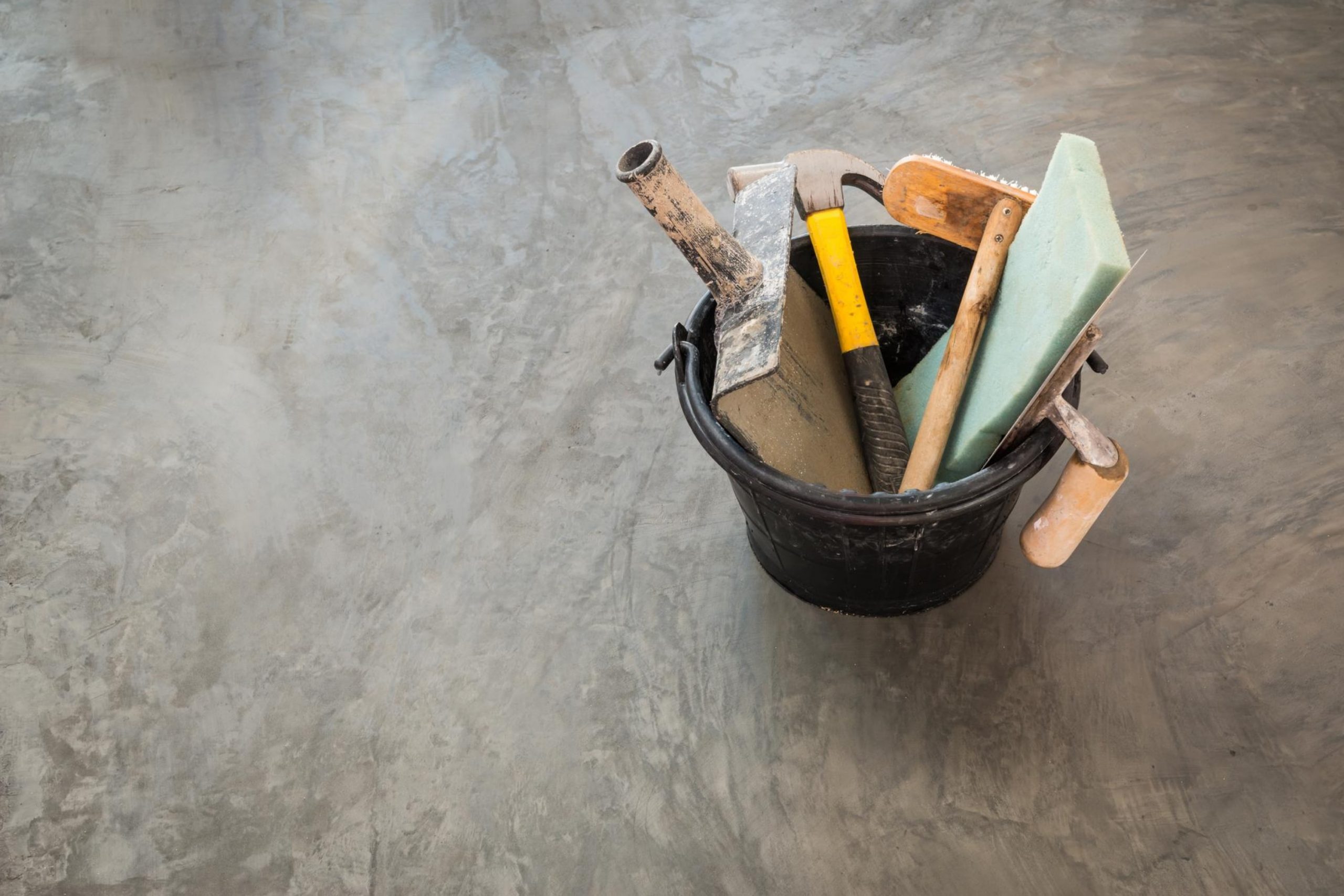
wuttichok via VistaCreate
The major factor that you should keep in mind, though, is that you have to keep the amount and rate of moisture that evaporates from the wet material under control.
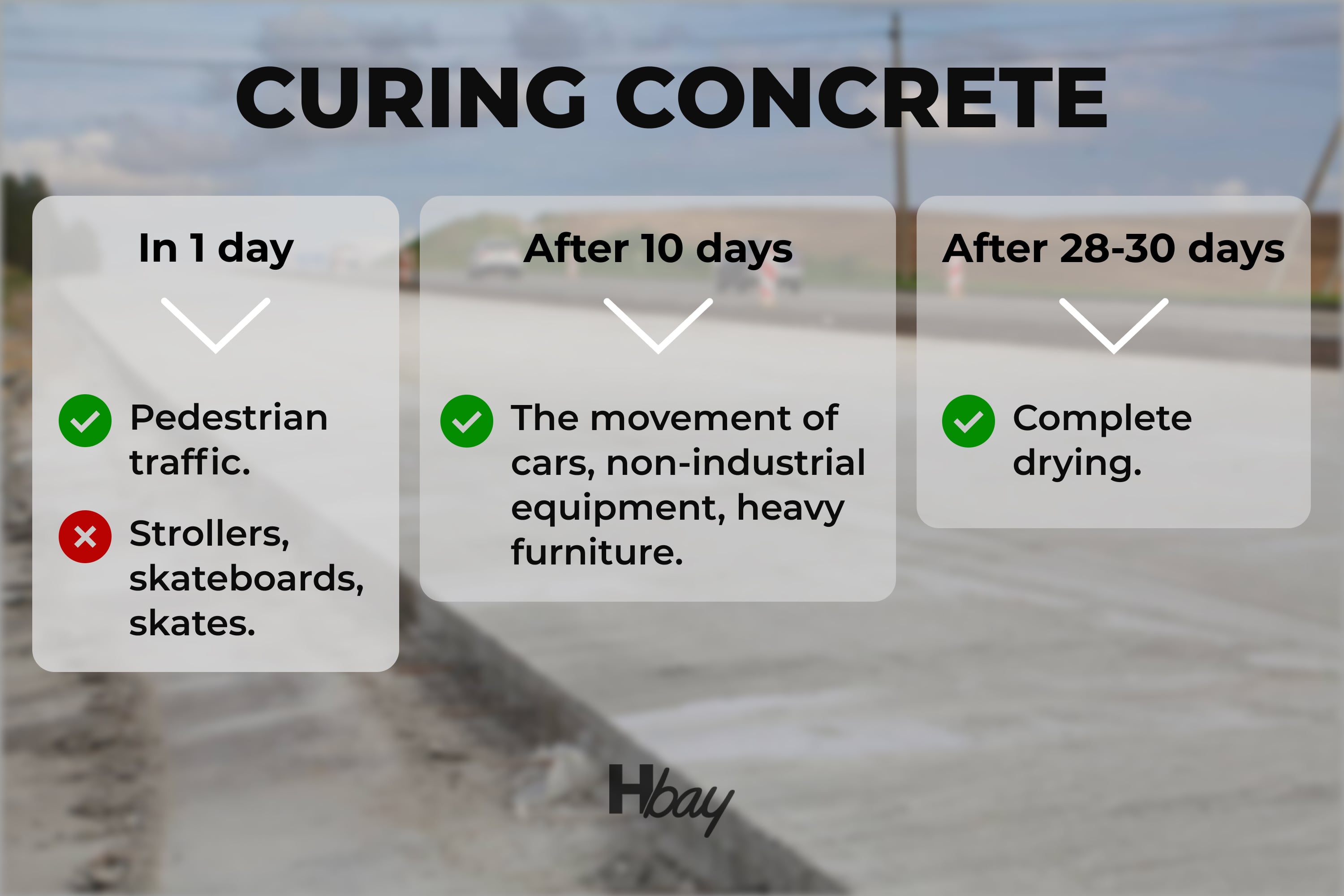
housekeepingbay.com
To help you out with this, we have prepared a few Do’s and Don’ts to follow when curing freshly laid concrete.
Do Moisture Cure Your Concrete Slab
The first 7-10 days are essential in the curing process since it is the period of time when concrete increases its structural strength the most. In order to keep the slab moist and also keep it from drying out, you can use the misting technique.
For misting your concrete, simply spray a fine mist of water at regular intervals across the surface of the slab. This technique will allow you to maintain moisture levels, keeping the surface damp at all times.
Do Cover Your Concrete Slab
Not all of you have enough spare time to mist your concrete slabs several times a day. This is why you can opt for an alternative approach. Cover the slabs with a plastic sheet and wet them once a day.
While covering the slabs, make sure that the plastic sheet extends beyond the slab’s edges by at least double the slab’s depth. Use heavy items like rocks or bricks will hold the sheet in place and keep it from flapping in the breeze.
Every day, remove the sheet and wet the concrete with water. Repeat this process for at least seven days.
Don’t Let New Concrete Get Too Cold
The ideal temperature range for pouring new concrete is between 50-60°F. If the temperatures are lower than that, chemical reactions in the material can slow down the curing process and cause damage. Concrete that’s too cold will not gain enough strength – if it gains any strength at all.
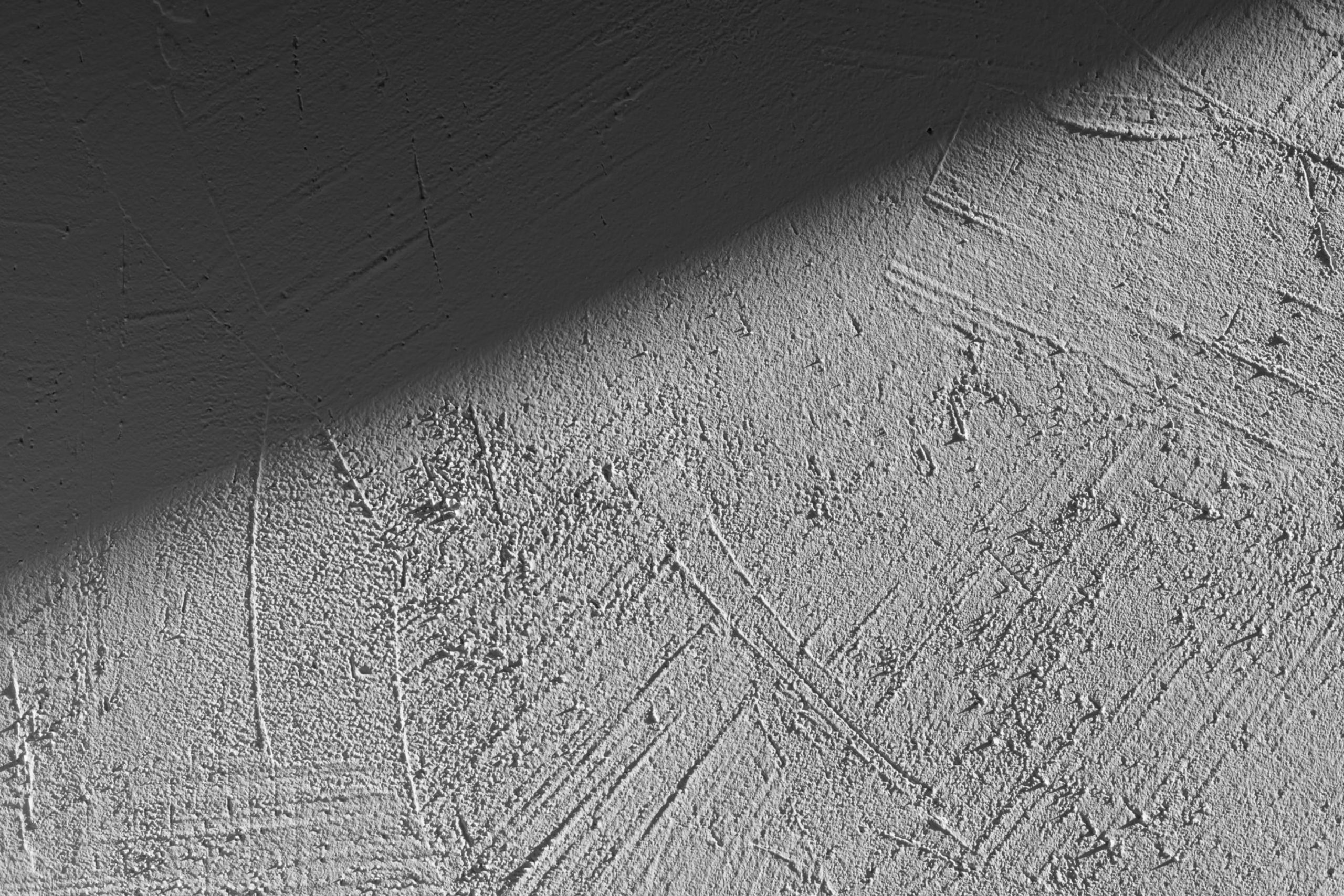
KostyaKlimenko via VistaCreate
What could be the efficient fix? Use concrete insulating blankets for the first 2-3 days!
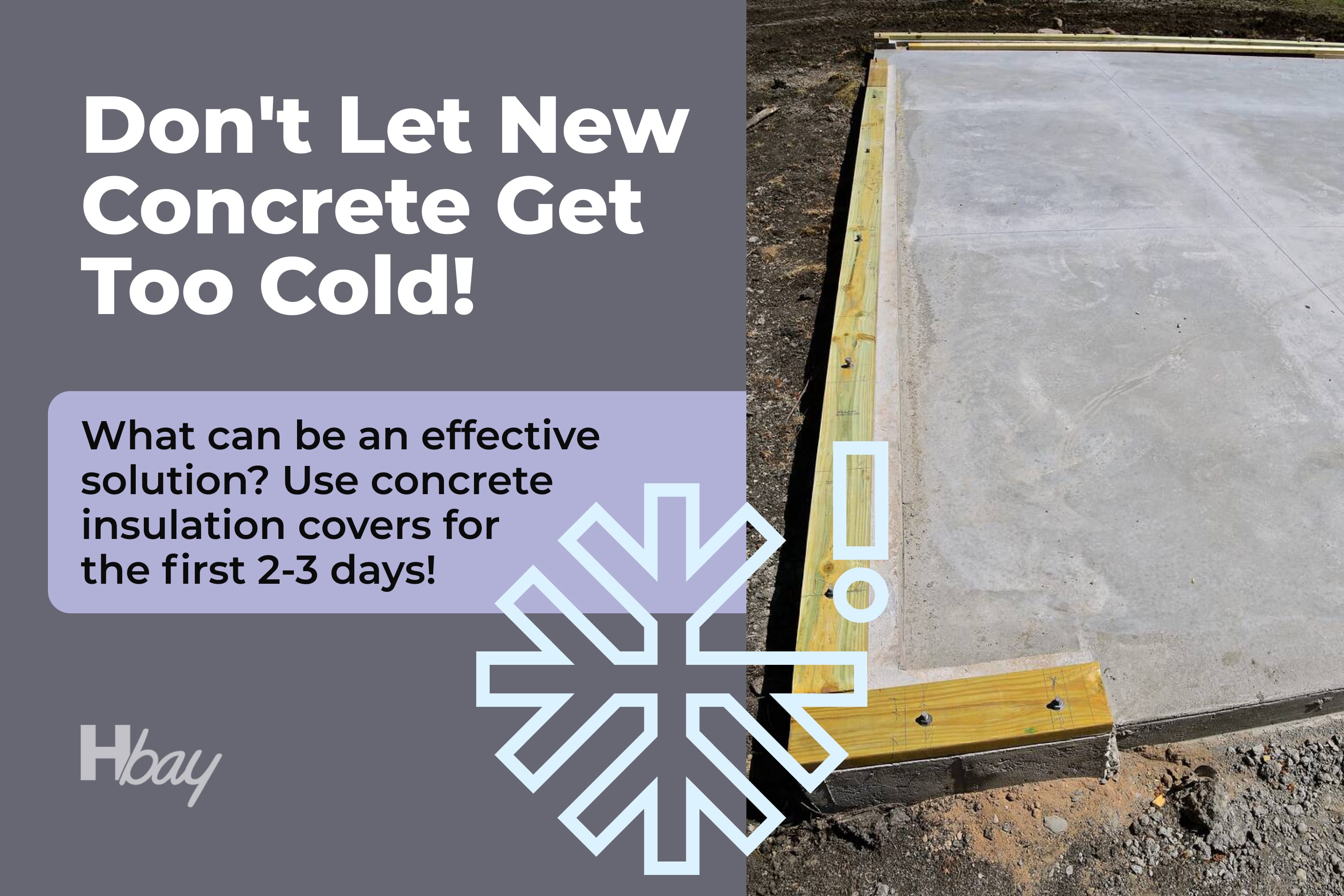
housekeepingbay.com
Don’t Skip Control Joints In Concrete Slabs
Control joints are necessary for controlling the tensile stress that acts against the weakest parts of the material. If you don’t use them, the result is random cracking of the concrete.
There are different ways to do this, but the most widely used and most aesthetically pleasing way of doing it is to put control joints in the slabs at predetermined locations.
The method creates weakened planes where the material cracks in a straight line below the surface of the concrete.
Don’t Put Excessive Weight to Your New Concrete
If you start putting too much weight on your freshly poured concrete before it is cured and ready, you can cause damage to it. To keep that from happening, make a note of a few tips to go by while your concrete slab is undergoing the curing process:
After a Day
Normal foot traffic is typically fine on concrete at this point, but you should still be cautious about damaging the surface! It can easily happen by twisting or dragging objects like planters or trash cans across it.
Also, you should prohibit the use of roller skates, skateboards, strollers etc. on your new concrete for the first 24 hours.
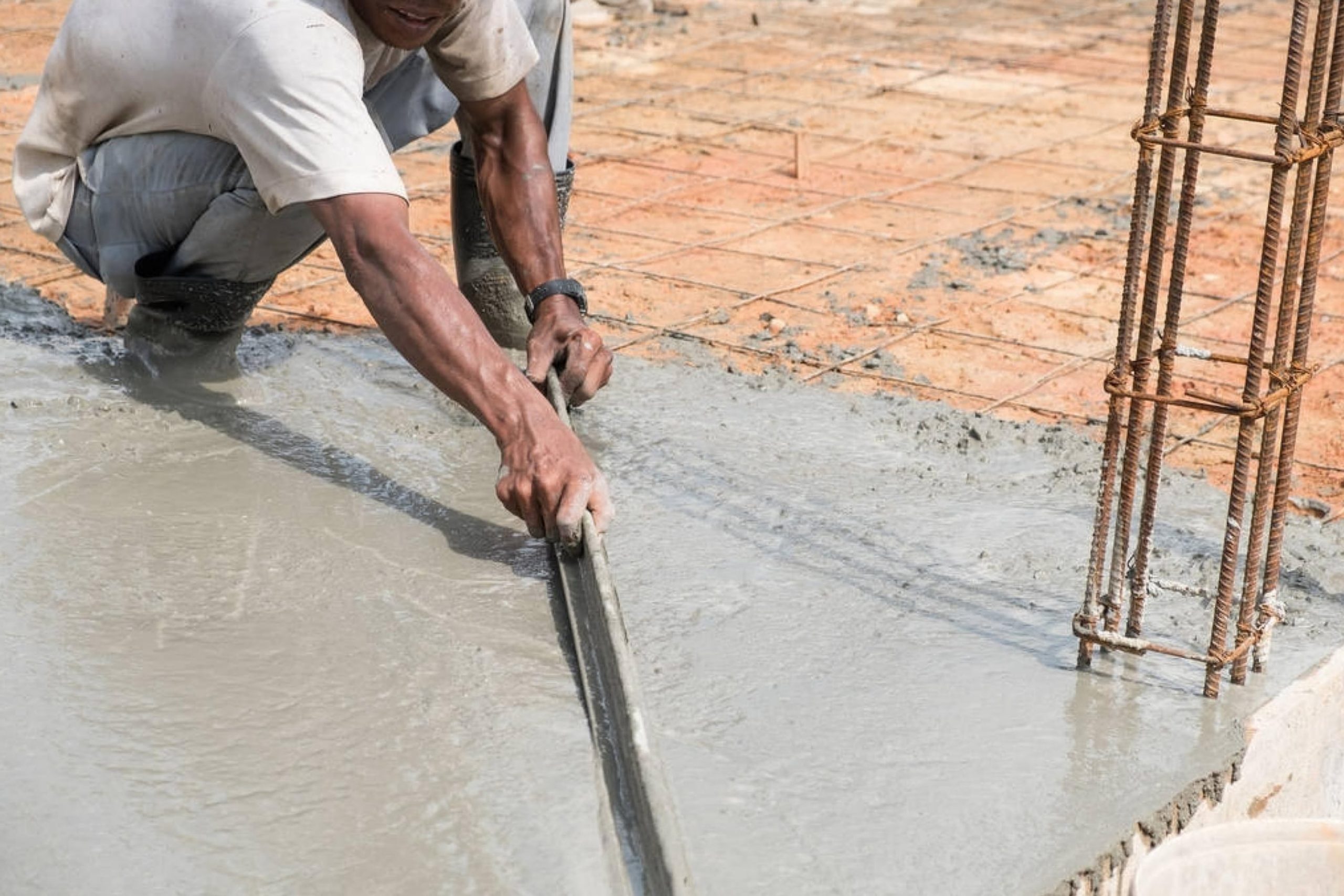
yortzafoto via VistaCreate
After Ten Days
For 7-10 days, concrete continues to cure below the surface. After ten days, traffic such as cars, non-industrial machinery, heavy furniture, etc., can resume. However, hold off on the use of bigger vehicles such as trucks and semi-trucks at this stage.
After 28-30 Days
It typically takes concrete about 28-30 days to fully cure and dry. At this point, it has reached its maximum structural strength.
If you’ve taken great care of your concrete up until this point, you can expect it to last for about 50 years. This makes the wait worthwhile, as it results in a good deal of time before you need to replace it.ine
With these Do’s and Don’ts, you will be able to protect your freshly poured concrete from any damage, as well as prevent the most common mistakes from happening.

Of course, following these recommendations might require you to wait a bit more than you expected, however, this waiting time is worth it! As a result, you will get an ideally cured concrete with a smooth and even surface.
Is It Possible to Make Concrete Dry Faster?
This is quite a common question that homeowners ask when they have new concrete poured. And to be honest, this question makes sense! Imagine you live in a house and you have a big family with kids, and a dog or even two!
In this case, it is going to be very difficult for you to keep everything (and everyone) off of your concrete slab for several days!
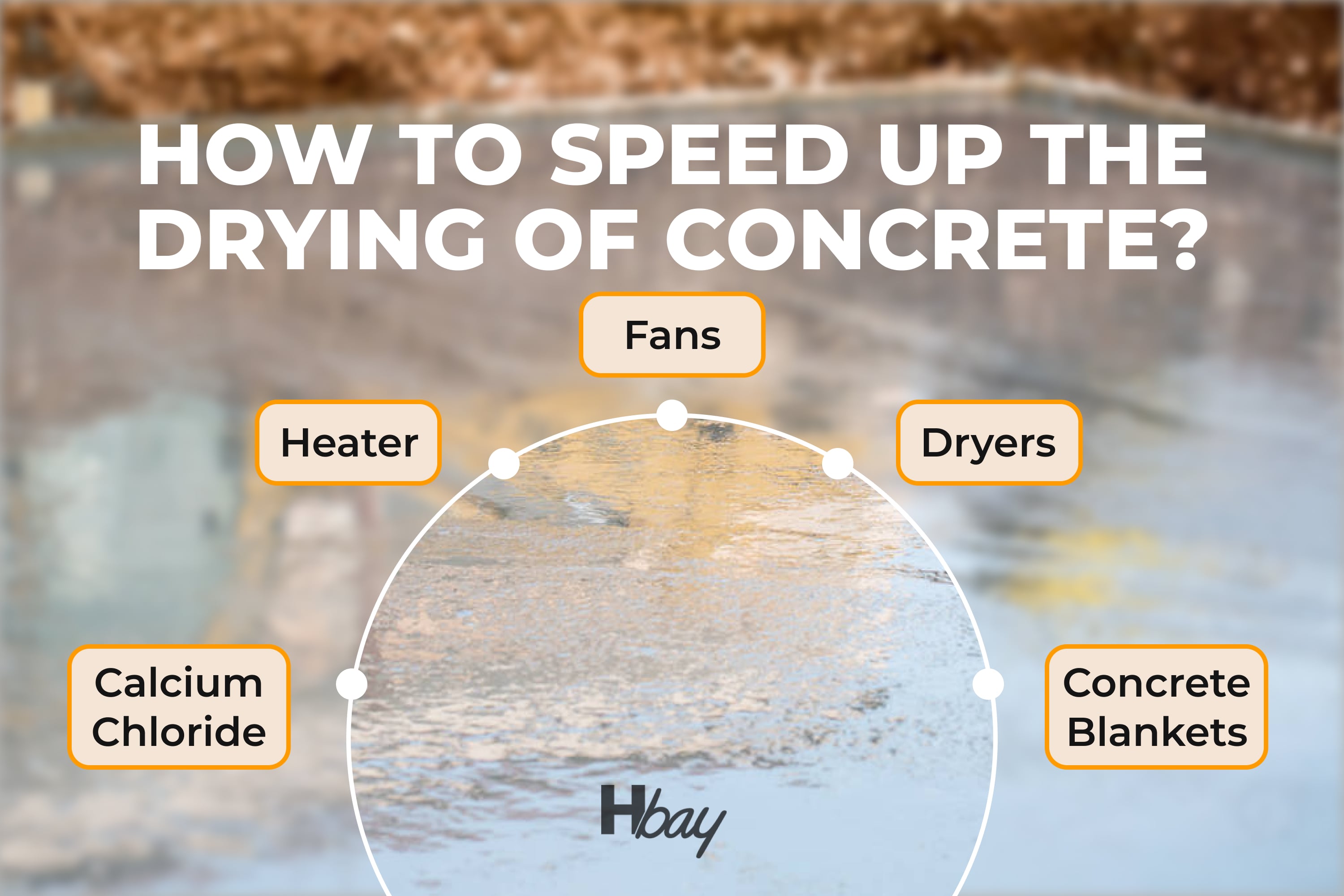
housekeepingbay.com
This is why you may definitely be interested in all the ways you can use to speed up the drying process.
And luckily, there are several methods that can be used in order to get your concrete slabs dry faster.
Add Calcium Chloride
You have probably heard of cement that dries quickly. You can do the same thing with your concrete by adding calcium chloride.
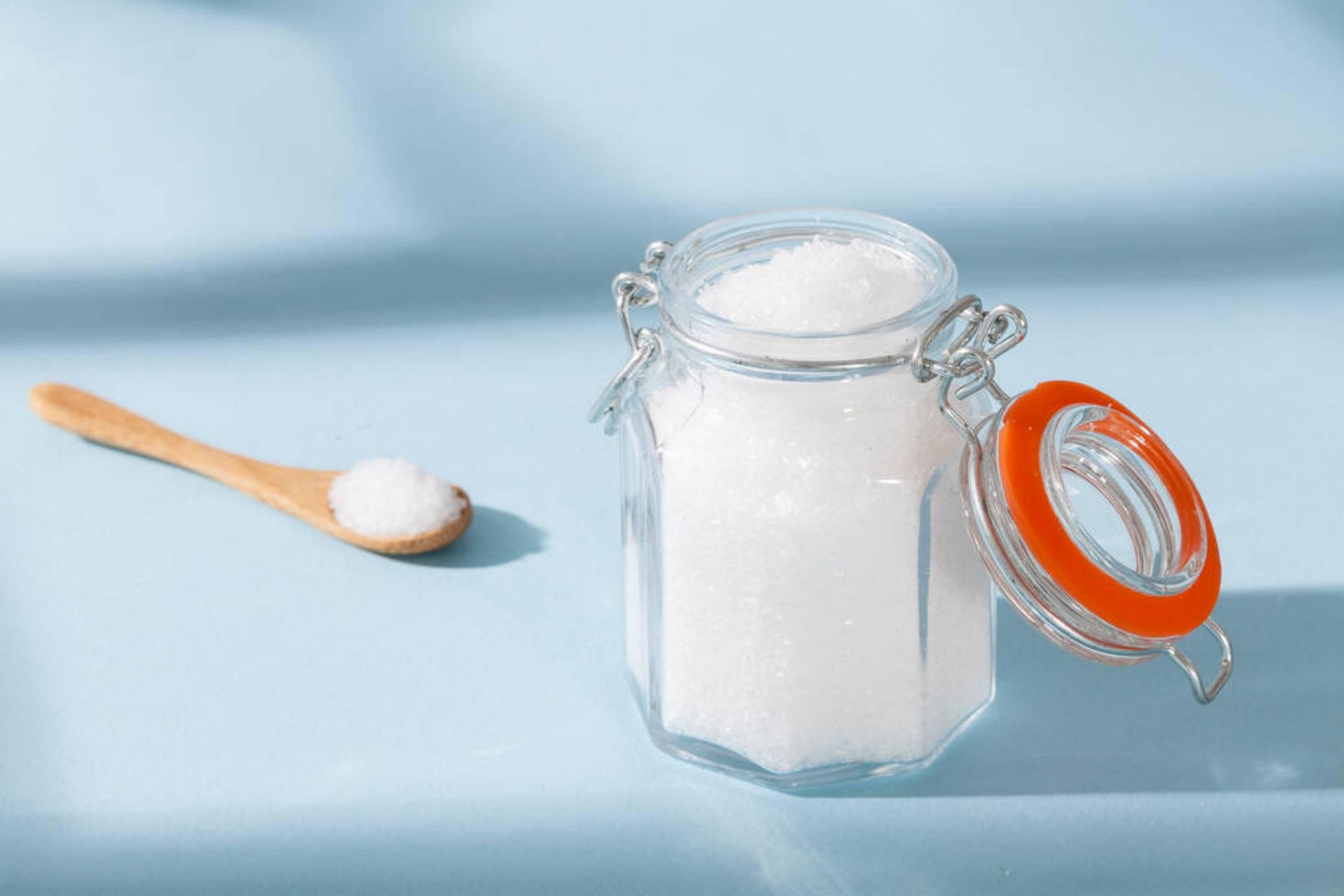
gonzalocallefotografia.gmail.com via VistaCreate
Calcium chloride is a specific additive you can include in the mixture to help the mixture cure and dry faster.
On the other hand, you do need to think about what you place on top of the concrete. Calcium chloride is extremely damaging to steel and rebar, so this additive not going to be an option if you are using these two structural components.
Use a Dehumidifier
This is perhaps the most obvious approach. If you are pouring concrete inside of a building (like in a garage or inside of an industrial building), then using a dehumidifier might be the most suitable way for drying your concrete faster.
The dehumidifier you use is going to suck water out of the air, making it drier. As a result, it will be much easier for the water in your concrete slab to evaporate into the surrounding environment, thus making the slab dry much faster.
Add a Heater
You may also want to consider adding a heater if the environment is extremely cold around your concrete. Even though space heaters are going to be relatively limited in what they can do to help you, they can still make some difference.
Opt For Concrete Blankets
To warm up the concrete, you should not forget about the insulated blankets that can be successfully used. These blankets are specifically designed to speed up the curing process, particularly if the weather is very cold or wet.
By the way, using these blankets can be very handy for those of you who are pouring concrete outside!
That way, you can protect your concrete from the elements and weather as well.
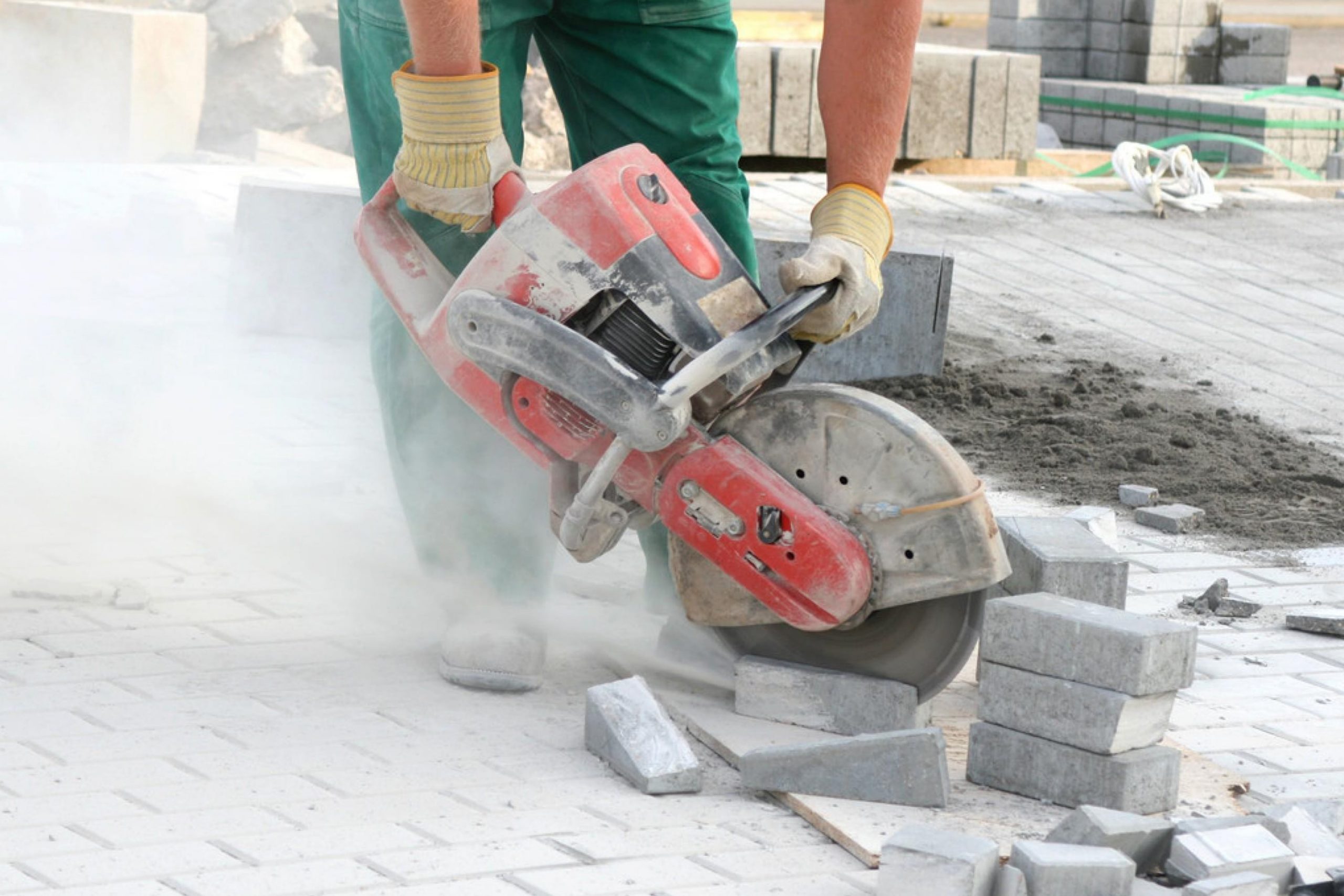
Cebas1 via VistaCreate
These are a few of the options available that we suggest you opt for if you are looking for ways to get your concrete to dry faster.
Now you know more details on how long you should wait before you can start walking on your freshly poured concrete again without causing any damage to it. As you kow now, it is important that you follow several recommendations as well.
They will help you not only speed up the concrete drying and curing time but also make it easier for you to boost its drying time and do it correctly.
Ever wished paint sampling was as easy as sticking a sticker? Guess what? Now it is! Discover Samplize's unique Peel & Stick samples. Get started now and say goodbye to the old messy way!
Get paint samples




Frequently Asked Questions
⭐How much time does concrete need for drying?
Concrete typically takes 24 to 48 hours to dry enough for you to walk or drive on it.
⭐How can I speed up concrete drying time?
You can juse fans or dryers for this purpose. The method you choose depends on the conditions your concrete is drying in.
⭐What factors affect concrete setting??
Such factors as the composition of the cement, admixtures and the water/cementitious ratio can affect concrete setting. For instance, environmental conditions such as temperature and climate can affect how slowly or quickly cement hardens.
21 thoughts on “How Long to Wait Before Walking On Concrete?”
Leave a Reply

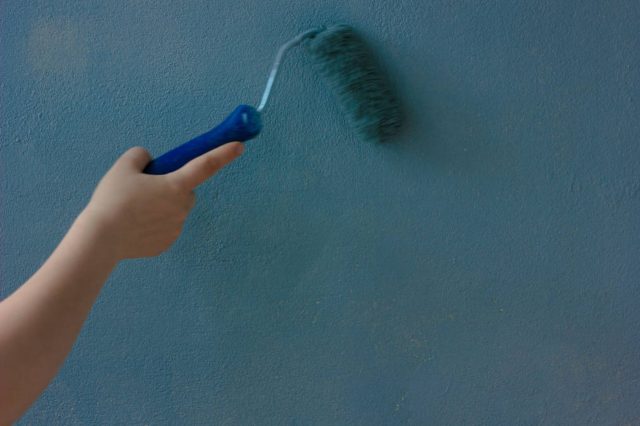

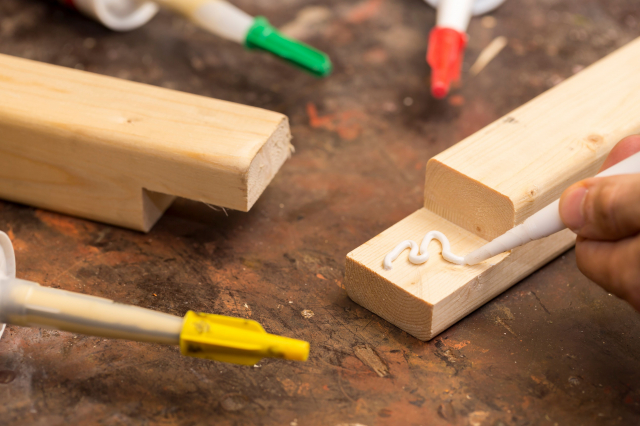


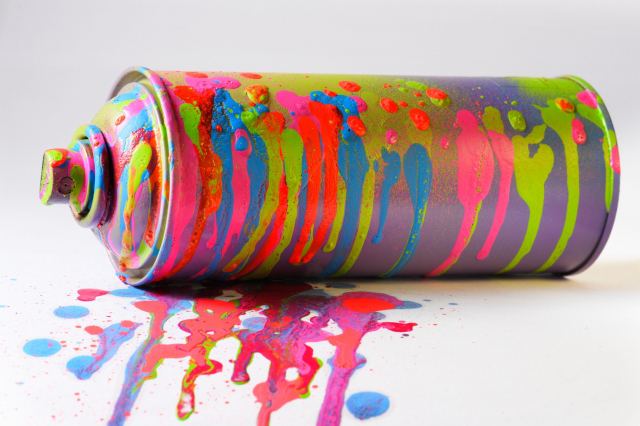

Can you walk on concrete after 12 hours? I mean light foot traffic of course.
No, it’s way too early! Concrete needs at least 24 hours (48 is the best) to dry and harden enough to withstand light foot traffic.
Hi! We’ve just poured a new concrete slab but now I don’t know how long I shall keep our dog away from it. He’s always trying to get right onto the new slab! How long before dogs can walk on concrete?
I’d say you should keep pets (and yourself) off of your newly poured concrete for the next 24 hours. After 24 hours, you can walk on your newly poured concrete, but avoid dragging your feet or allowing your pets to walk on it as their claws can scuff the concrete. So it’s better to give your concrete 2 days to harden.
Can I walk on concrete after 3 days? Isnt’ it too early?
Yes, you can try and walk on yoru concrete after e days. It should be dry enough to not develop footprints.
Can you walk on concrete after 1 day? We’ve just poured a new floor in our garage but since we store things there, I guess we will need to walk in pretty soon.
Typically, your concrete should be solid enough to walk on after anything from 24 to 48 hours. That means you won’t be leaving footprints. And by seven days, your concrete should be cured to at least 70 percent of its full strength.
Hi! I need your help please. Could anyone tell me how long after pressure washing can you stain?
Hi! Does anyone know how long does 4 inches of concrete take to cure?
Well, as far as I know, the general rule of thumb says that concrete takes about 28 days to dry and cure for every inch of slab thickness. It means that a 4-inch slab will need 112 days. But usually, within 24 to 48 hours, the concrete will be ready for foot traffic.
We have just poured new concrete slab and it’s still a bit raw. I wonder what happens if you walk on concrete too soon? Will it distort or get damaged?
Yes, you can damage the slab. The least that can happen is that you leave your footprints on its surface. And those are pretty hard to level and fix! Plus, raw concrete will stain your feet and footwear which might be a problem. Concrete is hard to wash off.
Can I walk on concrete after 12 hours since it has been poured? I don’t mean heavy traffic! I just forgot some tools in a garage where we’ve poured it, and I need them really bad.
Well, it’s not recommended to walk on it for the first 24 hours, to be honest. Otherwise, you can damage the wet concrete surface. I’d say you should wait for 12 hours more. Who knows, maybe your walking will leave deep footprints and you’ll have to pour it all again?
Hi! Do you guys know any acid-free concrete remover? I’ve already damaged my bike once when I used muriatic acid, so I’d not want to repeat that mistake. Thanks!
Hi! Well, what I use is called SAKRETE Concrete Mortar Dissolver. It is a safe, environmentally-friendly liquid and it is alternative to aggressive acid concrete removers. Concrete Mortar Dissolver can be used to remove dried on cement, concrete, mortar or stucco from most surfaces. So I find it pretty much handy.
Hi I need your help with one issue folks. How long does it take for 1 inch of concrete to dry? Does anyone have this information?
As far as I remember, it takes approximately 30 days…At least a good rule of thumb is that concrete takes approximately 30 days to dry for every one inch of poured concrete. That’s what a cocrete contractor once told me.
Does vinegar damage cement? I need to clean my garage cement floor since it’s stained with some sort of oily stuff (perhaps my husband knows what that is!), but I’m not sure whether it’s ok to use it.
Well, vinegar won’t damage the cement, however, if you let it saturate your cement floor for long enough, the concfrete surface will be damaged indeed! This is why vinegar is often used for removing cement stains from metal objects, by the way! So I’d suggest you opt for a commercial cleaner instead. Like that, you’ll at least be sure that you won’t damage the floor.